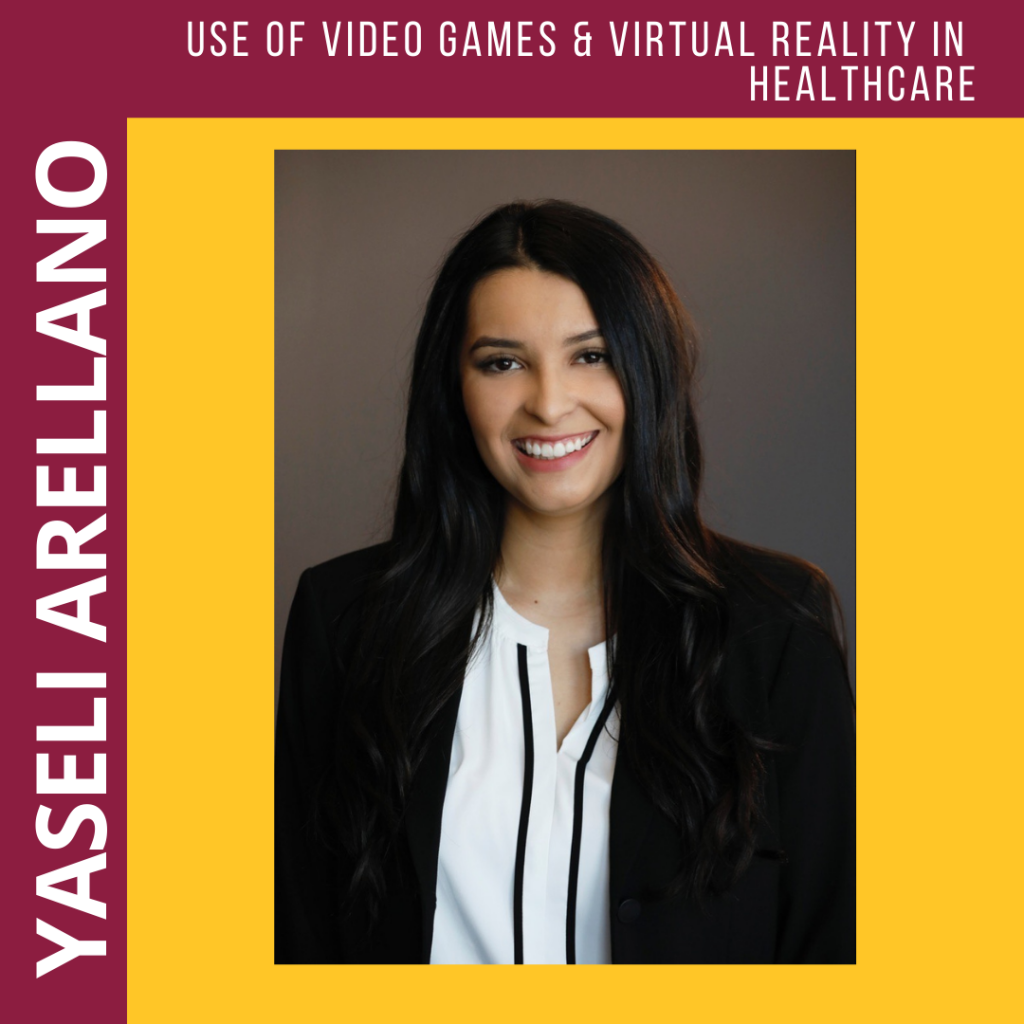
The video game industry–a multibillion-dollar industry in the United States–has long been a cause of concern for many. However, in recent years, gaming has been used to improve health outcomes and transform how the healthcare field operates.
The video game industry was estimated to be worth $159.3 billion in 2020 and is predicted to increase to $200 billion by 2023. There are more than 2.7 billion gamers worldwide, with the United States covering only 19% of the global gaming market share. More than just children are turning to video games as a way to pass the time or unwind after a long day of work. Today, video game players defy the traditional stereotype.
Current research suggests that certain types of video games may increase physical activity and enhance cognitive skills. Many healthcare institutions across the United States are using gaming technology to help provide better patient care. In years prior, video games were used merely as a distraction for pain and to keep patients busy. However, as technology has advanced, games have been developed to work muscles, increase movement, regulate breathing, and much more.
Physical therapy is tough on the body, and it is easy for patients to get discouraged. Active video games may be “useful for promoting physical activity for therapeutics uses, including for balance, rehabilitation, and management of illness or disease.”
Physical therapists can use virtual reality to supplement bilateral training and constraint-induced movement therapy techniques. Patients who are taught motor skills in virtual reality have better retention and are better at transferring those skills to the real world. This is because effective physical therapy requires high repetition, supervision, and clear rewards (all of which physical therapists can monitor with the technology of VR).
Gaming may also help with recovery from cancer treatments. Many cancer patients have trouble focusing and remembering. According to the American Society of Clinical Oncology, 75 percent of patients have memory and cognition challenges while undergoing treatment. Since video games require rapid movement and making decisions quickly, some studies have shown that games improve a patients’ attention and decision-making skills. These patients exercise their brains by playing video games, which helps them combat memory loss and treatment-related side effects.
Lastly, an increasing number of doctors prescribe video games for children with attention deficit hyperactivity disorder (ADHD). In 2015 the FDA approved the first video game therapeutic as a treatment for ADHD based on research by Adam Gazzaley, a professor at UC San Francisco. In 2013, Gazzaley published a paper reporting that six weeks of training with Neuroracer (a video game in which the player seeks to discern relevant cues) improved attention in older adults. These results led to FDA approval for a kid’s version of the technology called EndeavorRX. While this may be the first prescription video game, children with ADHD can benefit greatly from online games. The games can help with time management skills, problem-solving, hand-eye coordination, and collaboration.
The industry that once targeted adolescents is now booming in a completely unexpected way. These new uses are innovative and have changed the way healthcare providers treat patients. With time, gaming will become the norm in healthcare delivery.
About the Author:
Yaseli Arellano is a 3L at Sandra Day O’Connor College of Law. She will graduate in May 2021 with a certificate in Law, Science, and Technology. She also graduated from Arizona State University with a Bachelor of Arts in Justice Studies and a minor in Criminology in 2017.















